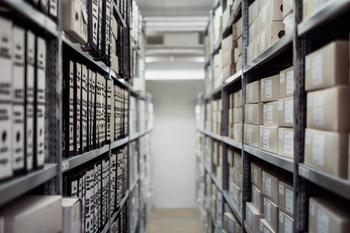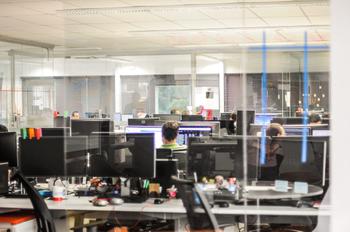When you start developing software, it is of utmost importance to have an isolated programming environment in which you can control precisely the packages installed. This will allow you, for example, to use experimental libraries without overwriting software that other programs use in your computer. Isolated environments allow you, for example, to update a package only within that specific environment, without altering the dependencies in every other development you are doing.
Python provides a very convenient tool called Virtual Environment that allows you to do exactly what was described. The instructions are slightly different depending on the operating system that you use, but they are easy to adapt from one to the other. To install Virtual Environment you can do it with pip, the package manager of Python. Remember that sometimes you may have more than one version of pip in your computer, in the same way, you may have more than one version of Python. In the command line you run:
pip3 install virtualenv
If you are on Linux, you may need to add sudo to the command: sudo pip3 install virtualenv. This is the last installation that you do system-wide; from now on, everything else will happen within a Virtual Environment. We create a folder to hold all the needed files and initialize the environment.
mkdir myproject
cd myproject
virtualenv venv -p python3
The first two lines create the folder and mode into it. In the last line, we create the virtual environment within a folder called venv and using a specific version of Python, python3. On Linux you would do:
source venv/bin/activate
while on Windows it would be:
venv\Scripts\activate
If everything went well, you will see that a (venv) appears in at the beginning of the command line. Now you are working inside the Virtual Environment called venv and all the packages you install are going to be stored within it. Let's install a package to see how it works.
pip install Flask==0.9
The command will install a very specific version of Flask, which is not the most recent one. One of the useful aspects of virtual environments is that they allow you to keep track of all the packages that you have installed, including their versions:
pip freeze
You can output the results to a file that you can use later on for automatically installing all the requirements:
pip freeze > requirements.txt
If you open the file requirements.txt you will notice that it contains a list with all the packages from venv. To see the full potential of Virtual Environment, let's create a second one. First, we need to deactivate the one we are working on now by running:
deactivate
And now we repeat the step above to create a new environment, but with a different name:
virtualenv test -p python3
And we activate it:
source test/bin/activate
or for Windows:
venv\Scripts\activate
If we run again pip freeze you will notice that your environment is empty. We can install all the packages contained in the requirements.txt file by simply running:
pip install -r requirements.txt
If you check again with pip freeze you will notice that you have exactly the same packages than in the venv environment. You can upgrade Flask, for example:
pip install --upgrade Flask
And if you run again pip freeze you will notice that the version of Flask has changed. Repeat the steps mentioned above in order to deactivate test and activate venv. You will see that the version of Flask stayed at 0.9 and was not upgraded.
Conclusions
It is almost impossible to overestimate how useful Virtual Environment is. It will help you stay organized and out of conflicts when you develop software, and it will also avoid problems when you are installing different libraries that you want to test. It doesn't matter if it is for the lab computer or for analyzing data, if you keep your programs compartmentalized, you can be sure that they will all run properly, regardless of their specific needs.
Remember, every time you are about to start a new project, regardless of what it is, you should start by creating an appropriate Virtual Environment for it. In this way, you can be certain of the long-term prosperity of the code you write, regardless of where it will bring you.
Header photo by Michael Aleo on Unsplash




